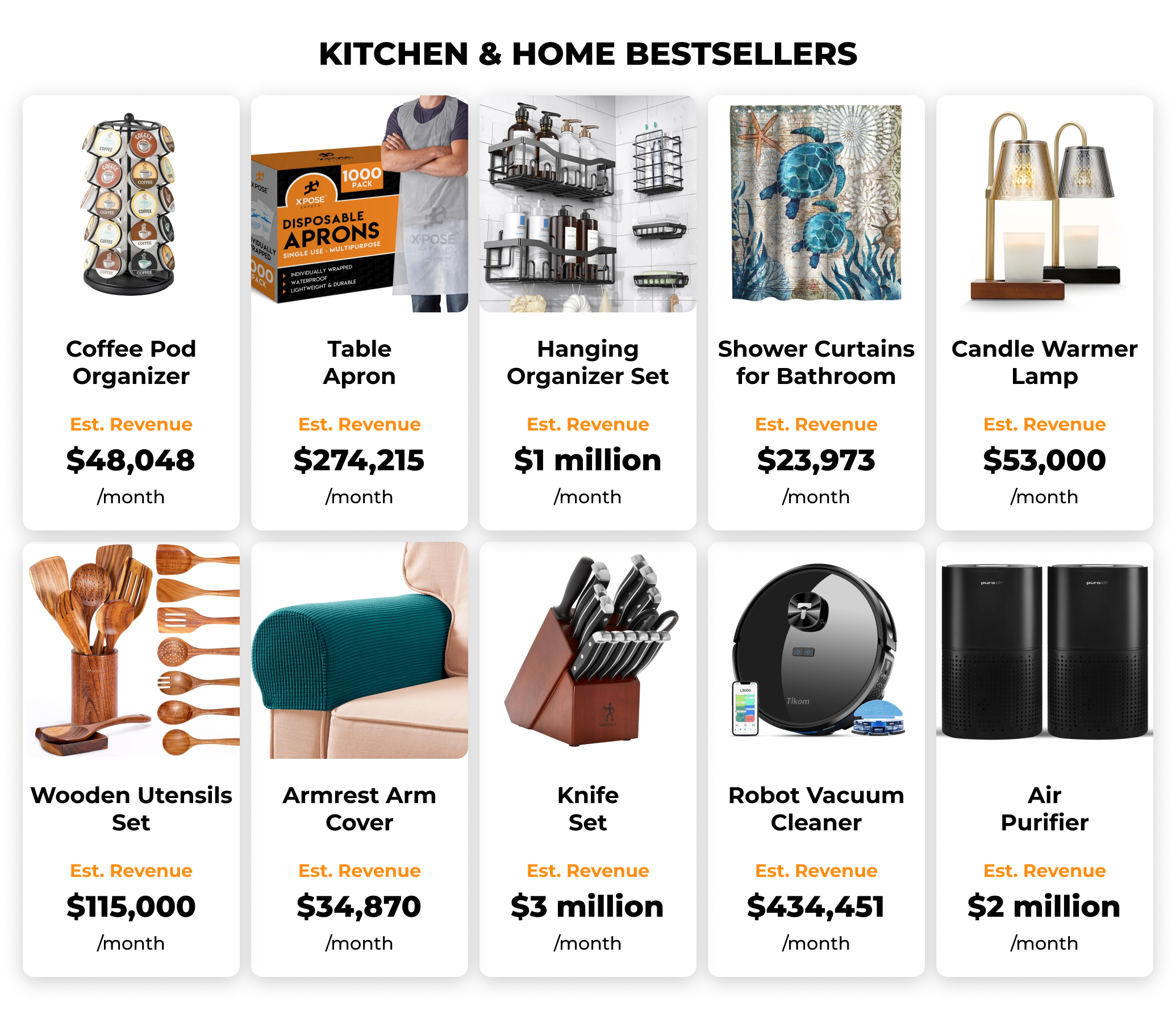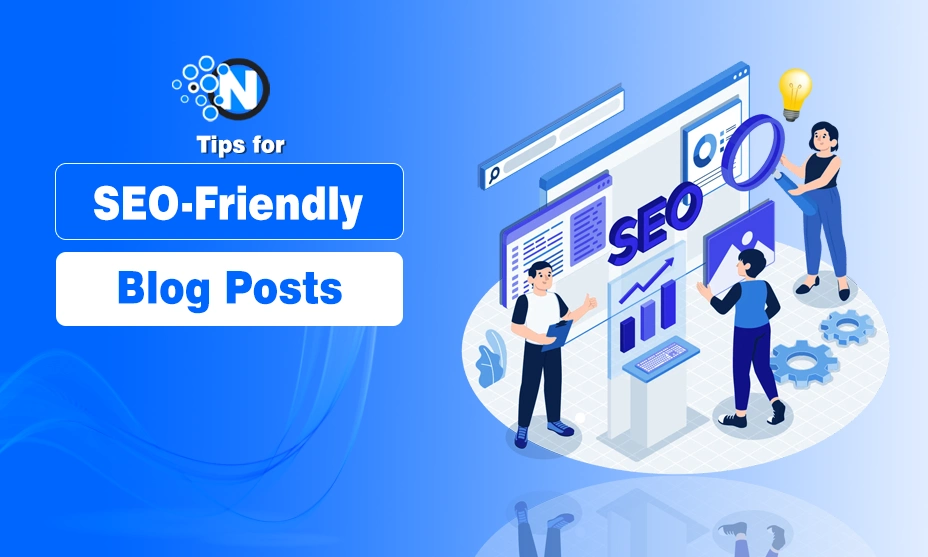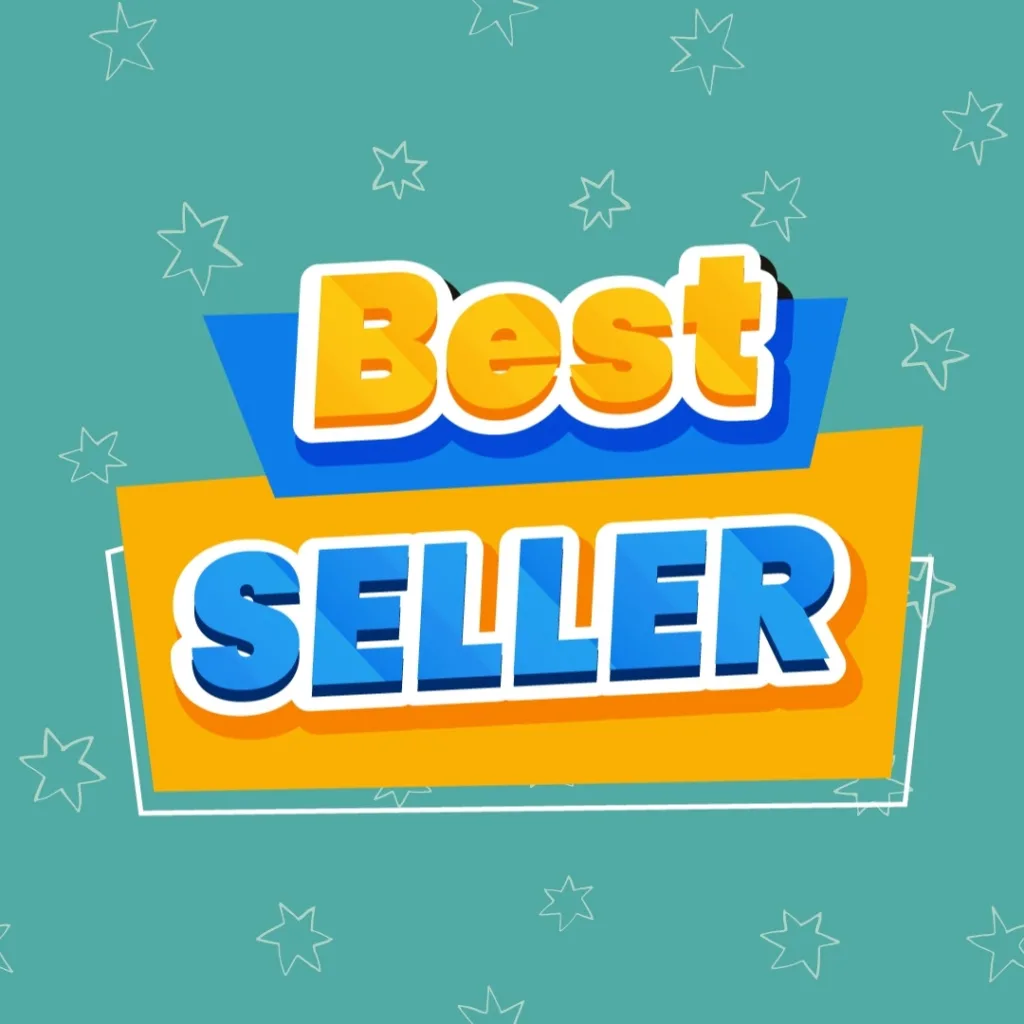News
Creating a “Best Seller” Article to Showcase Hot Products and Boost Sales


The Psychology Behind “Best Seller” Labels
When readers see the term “Best Seller,” their minds immediately associate it with popularity and trust. This psychological effect, called social proof, is a powerful motivator. People are more likely to choose a product that many others already love because it reduces risk.
Highlighting sales numbers, customer reviews, or industry awards can amplify this effect. But authenticity is key—if the claims feel exaggerated or false, customers lose trust. A well-crafted Best Seller article must balance persuasion with credibility.
Styles of Best Seller Articles

Not all Best Seller content looks the same. Depending on your audience and product, you may choose different structures:
Product Review Style
This format dives deep into features, pros, and cons. It appeals to readers who are researching carefully before making a purchase. Adding comparison charts makes it even stronger.
Tutorial or How-To Style
Instead of directly selling, this format teaches readers how to solve a problem with your product. Example: “How This Best-Selling Blender Can Transform Your Morning Routine.” It feels educational but still persuasive.
Landing Page Style
This type is shorter, more visual, and heavily focused on conversion. It works best for time-limited promotions where speed and urgency matter more than detail.
Choosing the right format ensures your Best Seller article resonates with your audience.
Visual Storytelling in Best Seller Content
Words alone rarely convert at the highest rate. Visuals—photos, infographics, or short videos—boost engagement and credibility.
High-quality product photography builds trust by showing the product clearly.
Infographics summarize benefits quickly for skimmers.
Customer testimonial videos provide emotional connection.
Lifestyle shots show the product in real-world settings, helping readers imagine themselves using it.
Design also matters. A clean layout, scannable sections, and highlighted CTAs guide readers toward action.
Integrating Best Seller Articles with Email and Social Campaigns
A Best Seller article should never stand alone. Its real power comes when integrated into multi-channel campaigns.
Email Marketing
Include snippets of the article in newsletters with subject lines like “Our Best Seller That Everyone Is Talking About.” Direct readers to the full article for more details.
Social Media
Repurpose highlights from the article into TikTok reels, Instagram carousels, or LinkedIn posts. Each platform can direct traffic back to your blog.
Paid Ads
Pair the article with retargeting ads. Readers who visit the article but don’t purchase immediately can be reminded with promotional offers.
This synergy multiplies the impact of your Best Seller content, turning it into a growth engine.
Common Mistakes in Writing Best Seller Articles
Even great products can fail if the article is poorly written. Here are frequent pitfalls:
Overhyping the product: Claims like “the only product you’ll ever need” sound unrealistic.
Ignoring SEO basics: Without proper keyword integration, even the best article won’t rank.
Lack of structure: Walls of text without subheadings or visuals lose readers quickly.
Weak or missing CTAs: Failing to tell readers what to do next reduces conversions.
No credibility signals: Articles without testimonials, certifications, or data feel less trustworthy.
Avoiding these mistakes ensures your article not only attracts readers but also converts them into paying customers.
Building Long-Term Value from Best Seller Content
A single Best Seller article can generate sales beyond its initial launch if updated regularly. Refresh statistics, add new reviews, and optimize based on analytics. Over time, it becomes an evergreen sales asset.
Additionally, a series of Best Seller articles across product categories creates a strong SEO footprint. Search engines recognize your site as an authority, driving organic traffic and boosting conversions across your catalog.
Advanced Persuasion Techniques for Best Seller Articles
Beyond storytelling and social proof, persuasive writing includes subtle techniques that nudge readers toward action.
Reciprocity: Offer something of value (like a free guide or sample) within the article. Customers feel inclined to reciprocate by purchasing.
Authority: Mention expert endorsements or certifications. Example: “Voted Best in Category by Tech Insider 2025.”
Anchoring: Present a higher-priced product first, then showcase the Best Seller as the smarter, more affordable choice.
Consistency: Encourage micro-commitments, such as clicking to view testimonials, which make the final purchase decision feel natural.
When woven seamlessly into content, these psychological levers dramatically increase conversions.
Combining Data with Storytelling
Numbers capture attention, while stories create emotional connection. A Best Seller article is strongest when it merges both.
For example:
Data: “Over 50,000 units sold in just three months.”
Story: “Jane, a busy mother of two, says this product has cut her daily prep time in half.”
By alternating between factual evidence and relatable stories, the article appeals to both logic and emotion, covering the full spectrum of decision-making.
Case Studies Across Industries
Fashion
A clothing brand published a Best Seller article highlighting a trending jacket. By including influencer photos, sales numbers, and seasonal styling tips, the post went viral and doubled sales during winter.
Tech
A gadget store used comparison tables and customer reviews to position its wireless earbuds as a Best Seller. The blog ranked top 3 on Google for “best affordable earbuds,” bringing in steady organic sales.
Home Goods
A furniture retailer created Best Seller spotlights on modular sofas. The combination of space-saving benefits, before-and-after photos, and customer stories resonated with small-apartment owners, boosting conversions by 40%.
These examples show that the Best Seller format adapts across industries as long as content matches customer intent.
Measuring the Impact of Best Seller Articles
A Best Seller piece is only successful if it drives measurable results. Track these key performance indicators (KPIs):
Organic traffic: How many visitors does the article attract from search engines?
Click-through rate (CTR): Do the headlines and meta descriptions persuade readers to click?
Time on page: Longer reading time means higher engagement.
Conversion rate: How many readers complete the intended action, such as purchase or sign-up?
Revenue attribution: Assign sales directly influenced by the article to calculate ROI.
Using tools like Google Analytics, Hotjar, or CRM dashboards ensures you refine future Best Seller content based on real data.
Creating Evergreen Best Seller Hubs
Instead of one-off articles, businesses can build Best Seller hubs—dedicated sections on their website where top-performing products are regularly updated.
Benefits include:
Stronger SEO footprint: Multiple articles interlink, signaling authority to search engines.
Long-term traffic: Evergreen hubs continue attracting new customers months or years later.
Cross-selling opportunities: Readers exploring one Best Seller can easily discover others.
Brand positioning: A curated Best Seller hub reinforces your identity as a market leader.
For example, Amazon’s “Best Sellers” section is a powerful traffic magnet, updated hourly. Smaller businesses can apply the same principle at a more focused scale.
Beyond Sales: Building Trust and Loyalty
A Best Seller article does more than convert—it nurtures loyalty. When customers see transparency, helpful explanations, and real reviews, they feel respected rather than manipulated. Over time, this builds repeat purchases and word-of-mouth referrals, the most sustainable growth channels.
Emotional Triggers That Drive Sales
While logic convinces, emotion motivates action. Best Seller articles should weave in emotional triggers that resonate deeply with readers.
Belonging: Highlight how many people already use the product. “Join 30,000 customers who trust this solution.”
Fear of missing out (FOMO): Urgency-driven phrases like “Only available this season” create pressure to act.
Pride: Showcase how the product elevates status. “The accessory top professionals are choosing in 2025.”
Relief: Emphasize how a pain point is solved. “Finally, a chair that supports you during long hours.”
When used authentically, these emotional layers transform a static article into a dynamic buying experience.
Building Community Around Best Seller Products
A Best Seller article becomes more powerful when it connects readers to a community.
Customer testimonials: Featuring voices of real people adds credibility.
Interactive polls: Let readers vote for their favorite product variant.
Hashtags: Encourage customers to share product photos on social media.
Forums or groups: Direct readers to online communities where they can discuss usage tips.
This sense of belonging transforms a product from an item to a movement, making customers more loyal and engaged.
Cross-Cultural Approaches to Best Seller Writing
Global markets interpret “Best Seller” messaging differently.
In the U.S.: Bold claims and urgency phrases work well, as customers respond to competitive positioning.
In Europe: Transparency and quality guarantees hold more weight than hype.
In Asia: Community validation and influencer endorsements strongly influence buying behavior.
In the Middle East: Heritage, authenticity, and exclusivity are strong motivators.
By tailoring the tone and supporting evidence to cultural values, brands ensure their Best Seller articles resonate worldwide.
Repurposing Best Seller Content Across Channels
A single Best Seller article should never remain confined to a blog. Repurposing increases visibility and ROI.
Short-form video: Convert highlights into TikTok reels or Instagram stories.
Infographics: Share bite-sized statistics and benefits on Pinterest or LinkedIn.
Email drip campaigns: Break the article into a series of emails, each focusing on one benefit.
Podcast mentions: Discuss the product story in branded audio content.
Webinars: Expand the article into live product demos.
Repurposing ensures every piece of work continues to generate traffic and sales across platforms.
The Future of Best Seller Articles
As digital behavior evolves, Best Seller content must adapt. Trends shaping the future include:
AI-Driven Personalization
Articles will adapt dynamically, showing different product benefits depending on the reader’s browsing history or preferences.
Voice Search Optimization
With smart speakers rising, Best Seller content must include conversational keywords to appear in spoken queries like “What’s the best-selling wireless mouse under $50?”
AR and VR Integration
Future Best Seller articles will allow readers to “try” products virtually, such as visualizing how furniture looks in their room.
Micro-Influencer Collaborations
Embedding influencer stories directly in Best Seller content will create even stronger connections with niche audiences.
Why Consistency Wins the Long Game
A single article can generate a spike in sales, but consistent publishing of Best Seller spotlights across different product categories builds momentum. Over time, this consistency creates a brand identity centered on authority, trust, and innovation.
Your Best Seller content library becomes a digital asset, compounding value with each new addition.
Audience Segmentation and Personalization
A one-size-fits-all Best Seller article rarely delivers maximum impact. Different customer groups require different approaches.
New customers want education and reassurance. Best Seller articles for them should highlight simple explanations, product reliability, and guarantees.
Returning customers are motivated by loyalty rewards, bundle offers, or advanced features they haven’t tried yet.
High-value buyers respond well to premium positioning and exclusivity. Articles should emphasize upgrades, limited editions, or luxury appeal.
Budget-conscious shoppers look for value-driven messaging such as discounts, cost-per-use analysis, or multi-purpose functionality.
Personalization means writing with one audience segment in mind per article—or even dynamically tailoring the article to each segment with AI tools.
Long-Form vs Short-Form Best Seller Content
Both long-form and short-form articles have roles in a sales strategy.
Long-Form Content
In-depth explanations, comparisons, and storytelling.
Builds SEO authority with keyword-rich sections.
Appeals to readers who are researching carefully before purchase.
Example: A 3,000-word article comparing multiple laptop models, positioning one as the Best Seller.
Short-Form Content
Quick, scannable content focused on urgency and CTA.
Works well for promotions, launches, or limited-time offers.
Appeals to readers who already trust the brand and just need a nudge.
Example: A 500-word landing page with bold images, testimonials, and a countdown timer.
Smart marketers use both formats strategically depending on campaign goals.
Trust Signals That Strengthen Best Seller Articles
Readers are naturally skeptical of marketing claims. Adding visible trust signals transforms persuasion into credibility.
Certifications: Eco-friendly, cruelty-free, or safety compliance seals add legitimacy.
Awards and rankings: Industry recognition makes the Best Seller claim objective.
Money-back guarantees: Reduce perceived risk and reassure hesitant buyers.
Third-party reviews: Quoting external review sites adds unbiased validation.
When readers see proof beyond your own words, their confidence in purchasing increases dramatically.
Seasonal and Event-Driven Best Seller Campaigns
Timing is as important as content. Aligning Best Seller articles with seasons or events creates stronger resonance.
Holidays: Christmas, Lunar New Year, and Black Friday are peak times for Best Seller campaigns.
Back-to-school: Products like laptops, desks, or stationery thrive in August and September.
Lifestyle shifts: Fitness gear in January, home décor in spring, or outdoor items in summer.
Brand anniversaries or product milestones: A “celebration edition” Best Seller article feels more authentic and newsworthy.
By syncing content with customer mindsets during specific events, you maximize visibility and urgency.
Aligning Best Seller Content with Brand Storytelling
A Best Seller article is most effective when it doesn’t just sell—it reinforces who you are as a brand.
Mission-driven brands: If sustainability is your core value, the article should highlight eco-friendly features and green initiatives.
Innovative brands: Emphasize research, cutting-edge design, and technological breakthroughs.
Community-focused brands: Showcase customer stories, collaborations, or charity partnerships tied to the product.
When Best Seller content echoes your brand voice and mission, it strengthens long-term loyalty rather than just chasing short-term sales.
Why Strategic Variety Matters
Ultimately, no two Best Seller articles should look identical. By experimenting with different formats, emotional tones, visuals, and CTAs, you discover which resonates best with your target audience. Over time, this variety creates a library of persuasive, trustworthy, and evergreen sales assets.
At the heart of every successful Best Seller article is balance: the balance between storytelling and data, between persuasion and authenticity, between urgency and trust. Readers want to feel informed, not pressured. They want to see proof that the product truly delivers, while also imagining how it can improve their lives. By carefully weaving together facts, visuals, emotional triggers, and strong CTAs, your Best Seller content becomes more than just an advertisement—it becomes a trusted guide. And when customers feel guided instead of sold to, conversions rise naturally, turning engagement into measurable, long-lasting revenue growth.

